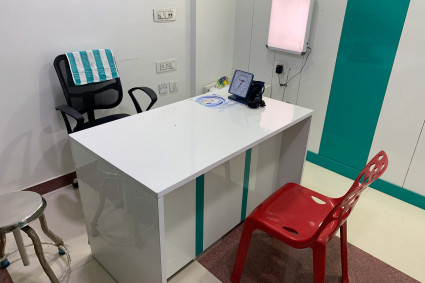How big is the cancer pain market?
The 7 major cancer pain markets reached a value of US$ 1,655.7 Million in 2022. Looking forward, IMARC Group expects the 7MM to reach US$ 2,472.7 Million by 2033, exhibiting a growth rate (CAGR) of 3.71% during 2023-2033.
The cancer pain market is experiencing remarkable growth, propelled by multiple factors that range from an aging population to technological advancements. Understanding these market drivers is essential for stakeholders, healthcare providers, and policymakers to develop effective strategies and solutions for pain management for cancer patients. One of the most potent drivers of the cancer pain management market is the increasing prevalence of cancer worldwide. According to the WHO, cancer is the second-leading cause of death. The rising number of cancer patients invariably leads to higher demand for effective pain management solutions, thereby fueling market growth. The risk of developing cancer expands with increasing age. With a significant rise in the aging population, the need for pain management solutions is intensifying.
Elderly individuals often require more prolonged and specialized pain management care, further driving demand in this market. Innovation in pain management techniques, such as advancements in drug delivery systems and minimally invasive surgical procedures, also plays a critical role. Smart pumps and implantable devices are revolutionizing how clinicians manage cancer-related pain, contributing to market expansion. Several governments and regulatory bodies are increasingly recognizing the significance of effective pain management for cancer patients. Programs designed to expedite drug approval processes and policies favoring research in palliative care are enhancing market prospects. As awareness grows about the importance of quality of life for cancer patients, there's been an increasing emphasis on patient education. Healthcare providers and advocacy groups are actively disseminating information about effective pain management options, making it easier for patients to seek appropriate treatments. Today, pain management is often part of an integrated care program that includes psychosocial support and complementary therapies like acupuncture. This holistic approach has not only proven to be more effective but also adds another dimension to the market dynamics.





